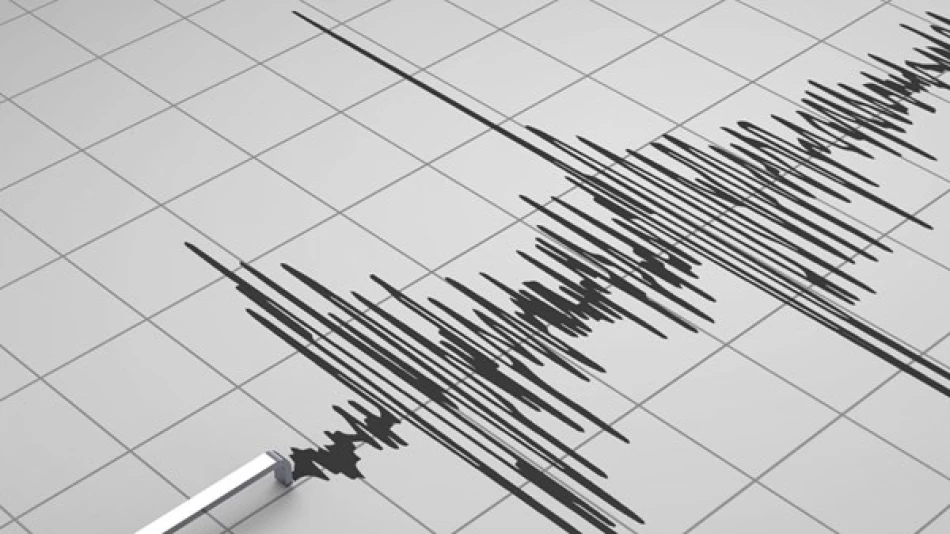
Powerful Earthquake Rocks Russian Kuril Islands, Raising Concerns for Coastal Communities
Powerful 6.3 Earthquake Strikes Russia's Kuril Islands, Highlighting Seismic Risks in Pacific Ring of Fire
A significant 6.3-magnitude earthquake struck off Russia's Kuril Islands on Monday at a shallow depth of 10 kilometers, according to the German Research Centre for Geosciences. The tremor underscores the ongoing seismic volatility in one of the world's most earthquake-prone regions, where tectonic activity regularly threatens both local communities and broader Pacific stability.
Strategic Location Amplifies Regional Concerns
The Kuril Islands chain, stretching between Russia's Kamchatka Peninsula and Japan's Hokkaido, sits directly on the Pacific Ring of Fire—a horseshoe-shaped zone responsible for roughly 90% of the world's earthquakes. This latest seismic event occurs in a region where the Pacific Plate subducts beneath the North American Plate, creating intense geological pressure.
The shallow depth of just 10 kilometers makes this earthquake particularly noteworthy. Shallow quakes typically produce more intense surface shaking and pose greater risks to infrastructure and populations than deeper tremors of similar magnitude.
Historical Context and Escalating Patterns
The Kuril Islands have experienced devastating seismic activity throughout recorded history. The region's most catastrophic event occurred in 1952 when a 9.0-magnitude earthquake triggered a Pacific-wide tsunami, causing significant damage across Japan, Hawaii, and even reaching California's coastline.
Recent seismic monitoring data suggests increased activity along this fault system, with several moderate earthquakes recorded in the past year. This pattern mirrors similar upticks observed before major seismic events in other Ring of Fire locations, including the 2011 Tōhoku earthquake and tsunami in Japan.
Geopolitical and Economic Implications
Beyond immediate safety concerns, seismic activity in the Kuril Islands carries broader implications for regional stability. The disputed territory remains a source of tension between Russia and Japan, with both nations claiming sovereignty over the southern islands. Natural disasters in this region often complicate diplomatic relations and emergency response coordination.
The islands' strategic location also affects Pacific shipping routes and fishing industries. Any major seismic event could disrupt maritime traffic through some of the world's busiest commercial waterways, potentially impacting global supply chains already strained by geopolitical tensions.
Tsunami Risk Assessment
While no immediate tsunami warnings were issued following Monday's earthquake, the combination of offshore location and shallow depth creates conditions that seismologists monitor closely. The Pacific Tsunami Warning Center maintains constant surveillance of this region, as even moderate earthquakes can generate destructive waves under specific geological conditions.
Coastal communities across the northern Pacific—from Russia's Far East to Alaska and Japan—maintain heightened preparedness protocols precisely because of the unpredictable nature of tsunami generation in tectonically active zones like the Kuril Islands.
 Layla Al Mansoori
Layla Al Mansoori







